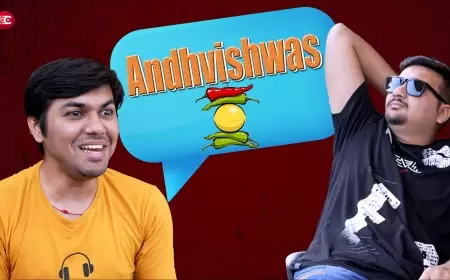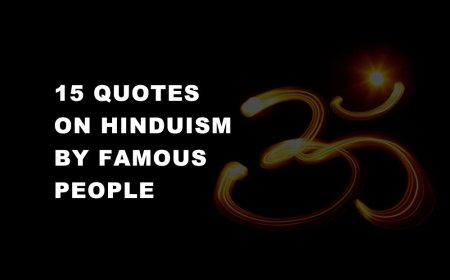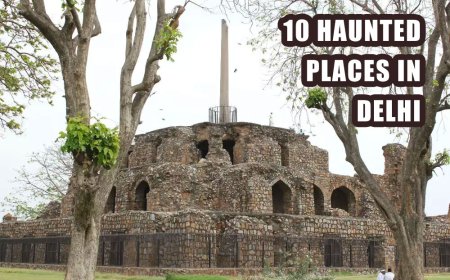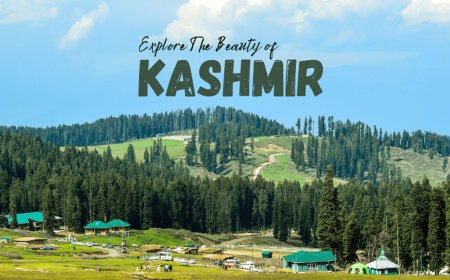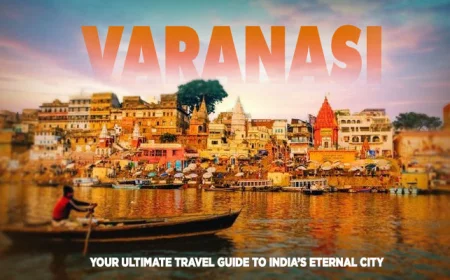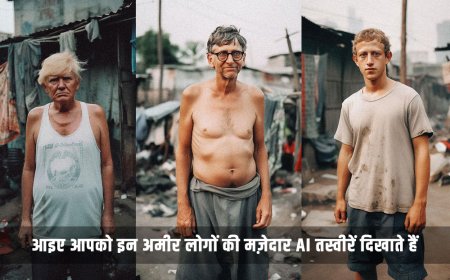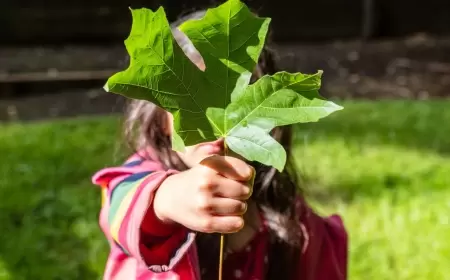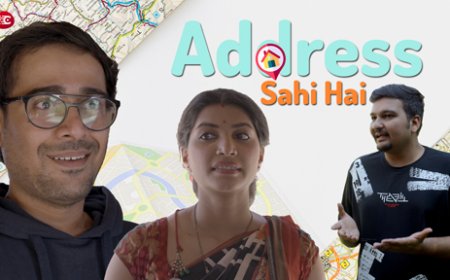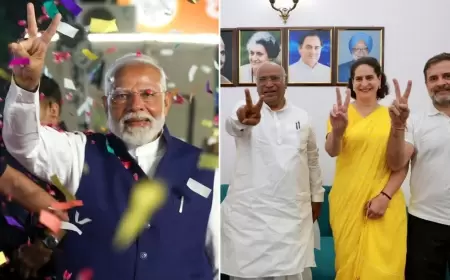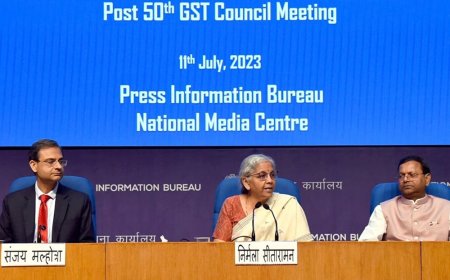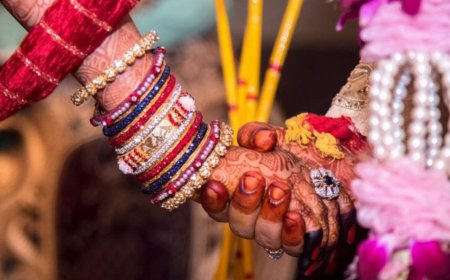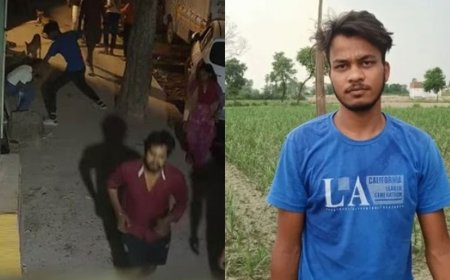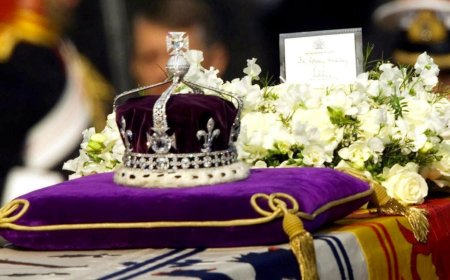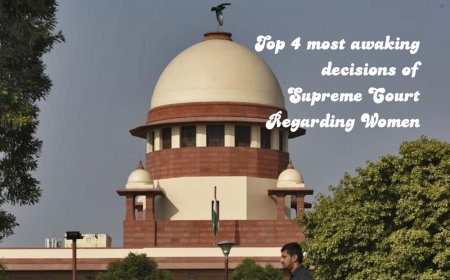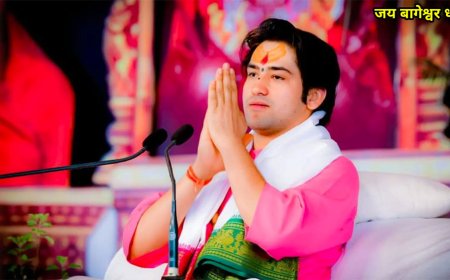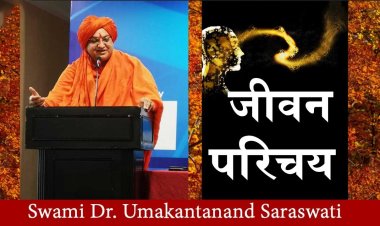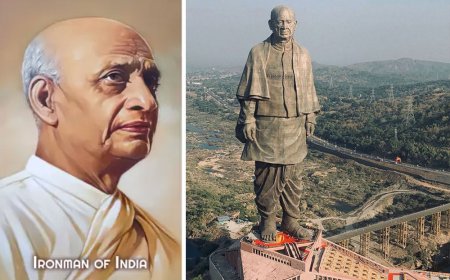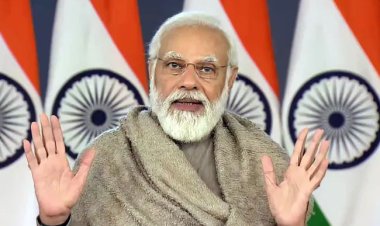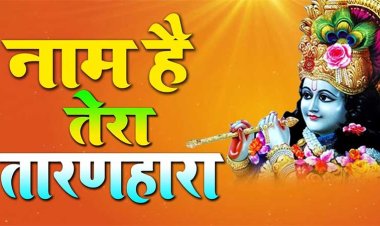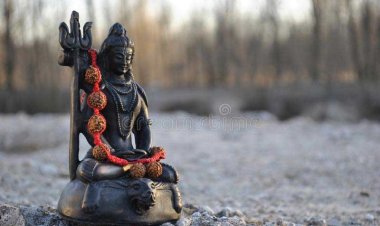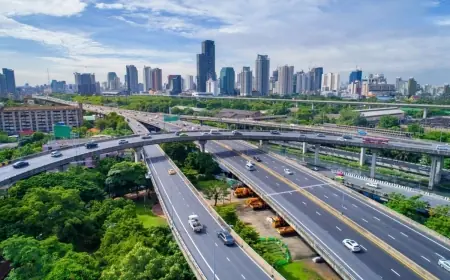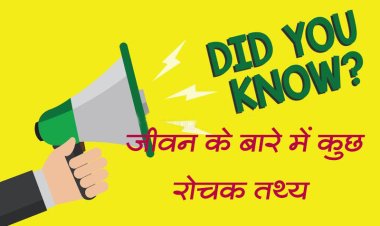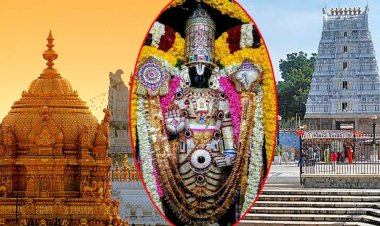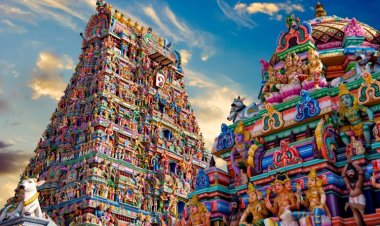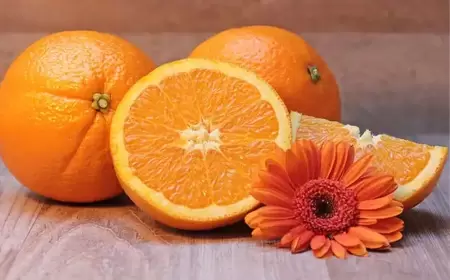7 Mysterious & Interesting Temples Which Could Have Existed Only In India!
These enigmatic temples in India are famous for a variety of reasons, including their unusual deities, exorcism rituals, and their age—some are more than 2000 years old.

India is home to several holy cities and guru shrines. There are temples here at every turn, but just a few of them are peculiar, bizarre, full of mysteries, or unique in some manner. These enigmatic temples in India are famous for a variety of reasons, including their unusual deities, exorcism rituals, and their age—some are more than 2000 years old.
Top 7 Mysterious Temples Of India
Here is an array of bizarre Indian temples that could astound you. See how many of the most enigmatic Indian temples you have heard about.
-
Mahendipur Balaji Temple, Rajasthan: Exorcise Your Demons
-
Kamakhya Devi Temple, Assam: The Menstruating Goddess
-
Venkateshwar Temple, Andhra Pradesh: The Richest Temple
-
Stambheshwar Mandir, Gujarat: The Mystery Of Vanishing
-
Brahma Temple, Pushkar: The Sole Temple Of The Lord
-
Devji Maharaj Mandir, MP: Venue For The Annual ‘Bhoot Mela’
-
Kodungallur Bhagavathy Temple, Kerala: Abusing The Goddess
1. Mahendipur Balaji Temple, Rajasthan: Exorcise Your Demons
Every day, thousands of worshippers visit the Mahendipur Balaji Temple in Rajasthan's peaceful Dausa region to purge themselves of ghosts, devils, and other evil spirits. Extreme acts of penance, like dousing oneself in boiling water, hanging from a ceiling, chaining oneself to a wall, and pounding one's skull against a wall, are supposed to purge one of all wickedness. Balaji Temple is renowned for being one of the most enigmatic temples in India and is also likely the only location in the country where priests still perform exorcisms.
It is stated that once you leave the temple, you must not turn back to gaze at it because no Prasad is provided there.
2. Kamakhya Devi Temple, Assam: The Menstruating Goddess
The Maa Kamakhya Devi Temple, one of the most well-known temples in India, is located atop the Nilachal Hill in Guwahati, Assam. It is one of the oldest of the 51 Shakti Peethas in the Indian subcontinent. The temple lacks a sculpture to be worshipped, but it does contain the yoni or vagina of Devi Sati, the wife of Lord Shiva, which is draped in a red silk sari.
The goddess has her period every year during the monsoon, causing the temple to be shuttered for three days. The Ambubachi Mela, a Tantric fertility festival, is also held here during this time until the fourth day, when the temple reopens. Additionally, it is reported that during these three days, the subterranean spring that flows through the temple's sanctuary turns crimson. A portion of the scarlet fabric that covered the stone yoni during her menstrual cycle is given to devotees as 'prasad'.
3. Venkateshwara Temple, Andhra Pradesh: The Richest Temple
The majority of temples rely on gifts and contributions from worshippers to maintain themselves, but a select handful has cornered a profitable, albeit strange, industry. offering human hair for sale to Western nations. Lord Vishnu, whose temple houses Venkateshwara, is a divinity who accepts human hair as a sign of sacrifice.
The temple, which is really one of the oldest in India, has two enormous halls lined with barbers who are in charge of shaving the hair off more than 12,000 pilgrims each day, amounting to approximately 75 tons of hair yearly and generating more than 6.5 million USD. These are offered to Chinese buyers who utilize hair extracts for food preservation and Italian wig makers.
4. Stambheshwar Mahadev, Gujarat: The Mystery Of Vanishing
Would you attend a temple that emerges and vanishes during the day? The Stambheshwar Mahadev temple, one of India's most enigmatic temples, is situated close to Vadodara in Gujarat and has Arabian Sea coastlines. Lord Shiva stays here and bestows his blessings on anybody who enters. One of the most well-known temples in Gujarat and all of India.
The sole peculiar aspect of this temple is that it may only be visited at low tide periods. The temple is totally submerged by the sea at high tides, then it reemerges hours later as the water recedes.
5. Brahma Temple, Pushkar: The Sole Temple Of The Lord
Many Hindu temples, including the majority of the temples in Pushkar, were demolished under the administration of Aurangzeb in India. One who managed to avoid his black eye still stands and honors Lord Brahma. Even though Lord Brahma is one of the Holy Trinity of Gods in Hindu mythology, the only odd thing about it is that it is the sole temple dedicated to him in the entire globe. The inside walls of the temple, which are made of marble, are covered with silver coins engraved with the names of contributors and worshippers.
6. Devji Maharaj Mandir, MP: Venue For The Annual “Bhoot Mela”
Devotees travel to the Devji Maharaj Mandir in Madhya Pradesh every full moon to purge themselves of ghosts, demons, and evil spirits. Lighting camphor tablets on bare palms is a typical penance that is used to frighten any evil spirits present to flee the body. Other choices include pacing or getting struck by a broom.’
The yearly "bhoot mela" or ghost fair, which is conducted on the grounds of the temple to placate malevolent spirits, is, perhaps, the strangest custom. Undoubtedly one of India's unsolved mysteries; merits a trip?
7. Kodungallur Bhagavathy Temple, Kerala: Abusing The Goddess
The Kodungallur Bhagavathy Temple, the earthly home of Goddess Bhadrakali, a kinder reincarnation of Goddess Kali, hosts the strange Bharani Festival, a yearly seven-day celebration. This Indian temple is swarmed by men and women brandishing swords and dressed in scarlet who appear to be in a trance. They enter the temple while throwing filthy insults and singing dirty songs about the Devi after striking their heads with the sword, causing blood to flow freely.
Instead of making offerings the usual way, people fling them at the goddess statue and continually beat sticks against the temple rafters. After the event, the temple is closed for seven days in order to clean up the blood stains.
What's Your Reaction?
 Like
0
Like
0
 Dislike
0
Dislike
0
 Love
0
Love
0
 Funny
0
Funny
0
 Angry
0
Angry
0
 Sad
0
Sad
0
 Wow
0
Wow
0












